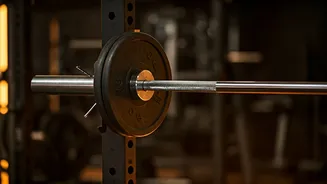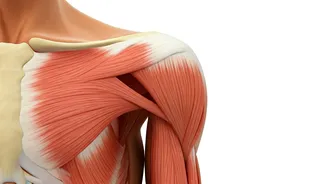Squats: The Foundation
Squats, often considered a cornerstone exercise, offer a multitude of advantages that extend far beyond mere aesthetics. They are a compound movement,
meaning they engage multiple muscle groups simultaneously, making them incredibly efficient. Performing squats regularly can build lower body strength and enhance muscle tone, leading to improved overall physical capabilities. Moreover, squats significantly strengthen bones and connective tissues, contributing to better joint health and reduced risk of injury. In addition to physical benefits, the act of squatting also enhances balance, posture, and body control, improving everyday movements and activities. Incorporating squats into your routine can be a game-changer for anyone looking to build a strong foundation for a healthy and active life.
Benefits Unveiled
The advantages of squatting are plentiful, offering a wide array of positive impacts on physical health. Primarily, squatting builds lower body strength and enhances muscle tone. This means you’ll experience noticeable improvements in your ability to perform daily activities that involve leg strength, such as climbing stairs, walking, and carrying objects. Regular squats are also powerful for bolstering bone and connective tissue strength, playing a key role in preventing injuries and improving joint health. As you squat, you naturally improve your balance, posture, and body control. These enhancements are beneficial not just in the gym, but they also contribute to enhanced coordination and a lower risk of falls. The cumulative effect of these benefits is a significant improvement in overall well-being and functional fitness, helping individuals lead more active and independent lives.
Daily Squatting Regimen
Incorporating squats into your daily routine, even for short durations, can yield significant positive outcomes. One beneficial practice involves performing squats for just five minutes daily. This can be achieved by holding the squat position, which helps activate and strengthen various muscles. When holding a squat for this period, you engage multiple muscle groups including the quadriceps, hamstrings, glutes, and core. This targeted muscle activation aids in building lower body strength and enhancing muscle tone. Additionally, a five-minute squat session daily improves balance and overall body control, contributing to better posture and coordination. Consistency is key when practicing this method. By making squats a regular part of your day, you can unlock many benefits and improve your general fitness level.
Who Needs Caution?
While squats are beneficial for most, it's important to understand who should exercise caution or seek modifications before starting. Individuals with existing knee or hip problems should consult a healthcare professional or a physical therapist. Those with joint issues might find squats exacerbate their symptoms. Another group that needs to be careful are those with lower back pain or conditions affecting the spine, as the deep bending involved in squats could put additional pressure on these areas. Lastly, beginners or those who are less familiar with the correct form should start slowly and learn the proper technique before adding weight or increasing the duration of their squats. It is always wise to listen to your body and modify the exercise as needed to avoid injuries. Consulting a healthcare provider before beginning any new exercise is crucial to ensure safety.












